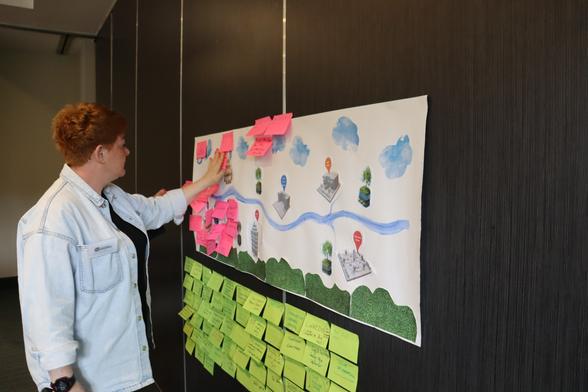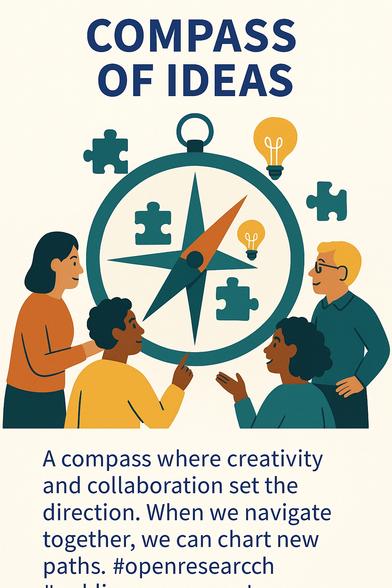Walls of ideas, each note a perspective on what open research needs to thrive, from student placements to public lectures to networks of collaboration. Collective intelligence in action.
www.tcd.ie/civicengagem...
#openresearch #publicengagement
When people come together, the map fills quickly. Notes on policy, access, and advocacy highlight what matters most for building an open research future.
www.tcd.ie/civicengagem...
#openresearch #publicengagement
Around the table, ideas take shape. Our Collective Intelligence workshops bring diverse voices together to share experiences, capture insights, and co-create the open research roadmap.
www.tcd.ie/civicengagem...
#openresearch #publicengagement
At our Collective Intelligence workshop, we mapped ideas for Ireland’s open research roadmap. Every sticky note is a voice, every contribution a step forward. Together we’re shaping the journey.
www.tcd.ie/civicengagem...
#openresearch #publicengagement
The roadmap isn’t made alone. It’s a shared journey. Together we navigate, carrying lived experience, insights, and ideas, steering towards a future where open research is built with everyone’s input.
www.tcd.ie/civicengagem...
#openresearch #publicengagement
Conversations at the table are where collective intelligence shines. Sharing experiences, debating challenges, and co-creating solutions for open research.
www.tcd.ie/civicengagem...
#openresearch #publicengagement
Pens, paper, and post-its, simple tools, big impact. Our participants built ideas for open research one note and one sketch at a time.
www.tcd.ie/civicengagem...
#openresearch #publicengagement
A compass where creativity and collaboration set the direction. Each comment, idea and thought from diverse voices helps orient us. When we navigate together, we can chart new paths for open research.
Discover More; www.tcd.ie/civicengagem...
#openresearch #publicengagement
At the crossroads of engagement, each signpost points to new possibilities. Puzzle pieces and lightbulbs guide the way, reminding us that we navigate complexity best when we choose the path together.
www.tcd.ie/civicengagem...
#openresearch #publicengagement
Dialogue builds bridges. Each voice is a puzzle piece, and together they connect communities and ideas. Across divides, conversations span the gaps between us, forming a stronger, shared roadmap.
Discover More; www.tcd.ie/civicengagem...
#openresearch #publicengagement









